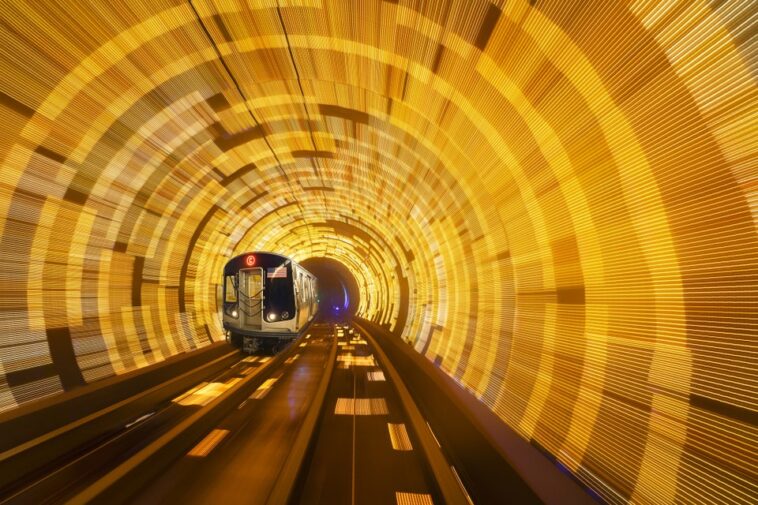The Metropolitan Transportation Authority of New York is currently investigating the potential application of artificial intelligence technology in the prediction and prevention of crimes and hazardous activities occurring on the city’s subway platforms. Michael Kemper, the MTA’s Chief Security Officer, detailed their strides in evaluating and testing platforms such as AI as a possible solution to identifying trouble or danger brewing on subway platforms.
Kemper discussed this initiative during a safety committee meeting for the MTA, and his insights shed light on how this technology could be applied. As an example, he suggested that if a particular individual displays irrational or erratic actions, it could potentially set off an alert system. This subsequent alert would then instigate an intervention from security forces, or potentially, the police department.
The primary goal of employing such cutting-edge technology in this scenario is to ensure the timely response of law enforcement or security before any unwanted situation fully unfolds. Rather than waiting for something potentially harmful to take place, the MTA is looking to leverage technology to maintain a proactive approach towards ensuring safety.
Kemper is optimistic about the future of AI in public safety, seeing it as the next frontier in the journey towards making public transportation safer. Current measures have the MTA collaborating with various tech firms in an immediate study to comprehend what aspects of AI are the most effective when it comes to the subway system. Investigations are ongoing regarding what operational strategies, methods, and techniques could potentially be beneficial.
Aaron Donovan, a representative for the MTA, had some additional clarifications to provide about the specifics of this AI system. He spoke with The Gothamist, ensuring that the upcoming system is not going to be reliant on facial recognition technologies. The focus of their investigations into AI solutions, he asserted, is to identify patterns of behavior, rather than individual people.
The Metropolitan Transportation Authority’s primary focus is to use tech-powered solutions to unravel potential threats on the basis of behavioral patterns, as opposed to recognized identities. They intend to steer clear of personal data-related complications that could arise from profiling individuals based on facial recognition.
The MTA’s foray into artificial intelligence is not their first endeavor in this field. They previously announced in 2023 that they were engaging with an AI-driven surveillance infrastructure. This surveillance software aimed to closely monitor and track incidents of fare evasion on the subway system.
Over time, this AI-backed technology has offered valuable insights into understanding when, where, and how fares are most frequently evaded. Thus, implying the software’s role in formulating predictive patterns for understanding irregularities in fare collections.

